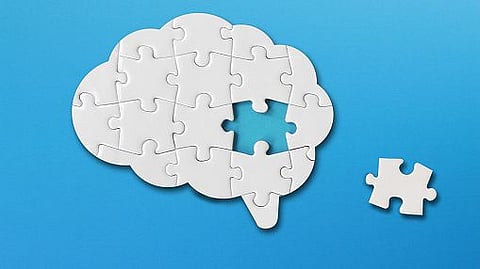How is prosopagnosia diagnosed?
Patients may not be aware they have a problem, but a careful history from the patient and a second source of information can give clues that face recognition is a problem. There are a few neuropsychological assessments that can diagnose prosopagnosia. The Benton Facial Recognition Test, the Cambridge Face Memory Test, and the Famous Faces Test are examples of assessments used by neurologists and neuropsychologists. There is also a self-report questionnaire, the 20-item Prosopagnosia Index, which can be used by an individual who suspects they may have a problem with facial recognition.
Is there any treatment for prosopagnosia?
There are no specific therapies. Instead, individuals may learn to use other clues to assist with recognition like clothing, voice, body shape, and skin color and tone, as well as hair styles. A clinical trial exploring the use of oxytocin to improve symptoms was suspended. There are ongoing trials to use computer-assisted learning to improve facial recognition.


